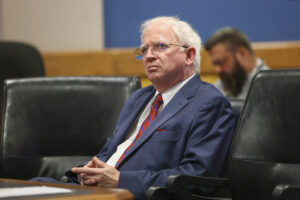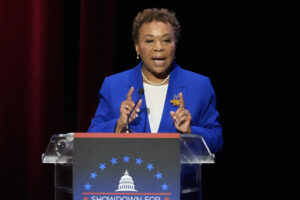California Tries a New Way
As it has many times over more than a century, the Golden State again tried to reform its politics.LOS ANGELES — The headline of the Los Angeles Times editorial page on the day after the state’s primary on June 5 was: “What Tuesday Told Us: The top-two primary was held and the world kept turning.”
As it has many times over more than a century, the Golden State again tried to reform its politics. This time the state is trying to break the partisan deadlock that has made governing almost impossible. No one is sure how the new reforms are working or will work.This is what the state did over two years:— Voters in a 2010 referendum approved a proposition creating a randomly chosen citizens redistricting commission that drew new lines for both legislative and congressional districts.— At the same time, 2010, voters replaced the state’s two-party primary system with an open “top-two” primary, in which all candidates were lumped together regardless of party, and mandated that the top-two finishers in June would face each other in the November general election. If two Democrats finished first and second, they would run again in the general election. Same if two Republicans topped the ballot in June.Dan Schnur, of the Jesse M. Unruh Institute of Politics at the University of Southern California, describes the state’s problems this way:“Over the years, the two major parties have retreated from the middle of the political playing field toward their respective ideological end zones. A decade of gerrymandering created such safe districts for members of both parties that legislators knew they would never lose to a candidate from the other party and could, in most cases, serve until they were forced out by term limits or infirmity.”So far, more than a dozen races still have not been settled. Also, even though turnout was at a historic low of 25 percent, almost a million ballots (mostly mail ballots) are not yet counted.© 2012 UNIVERSAL UCLICK
Your support matters…Independent journalism is under threat and overshadowed by heavily funded mainstream media.
You can help level the playing field. Become a member.
Your tax-deductible contribution keeps us digging beneath the headlines to give you thought-provoking, investigative reporting and analysis that unearths what's really happening- without compromise.
Give today to support our courageous, independent journalists.






You need to be a supporter to comment.
There are currently no responses to this article.
Be the first to respond.